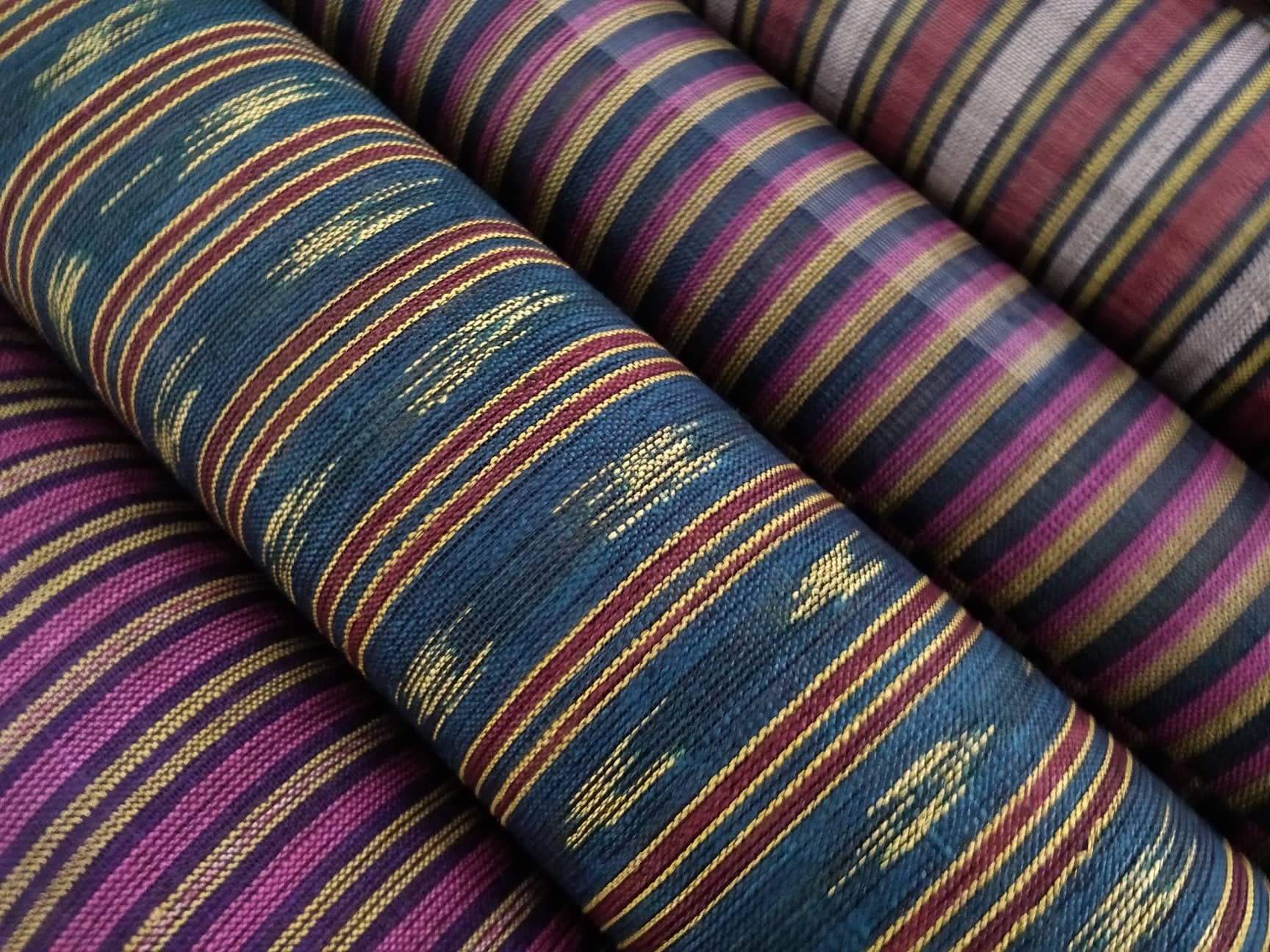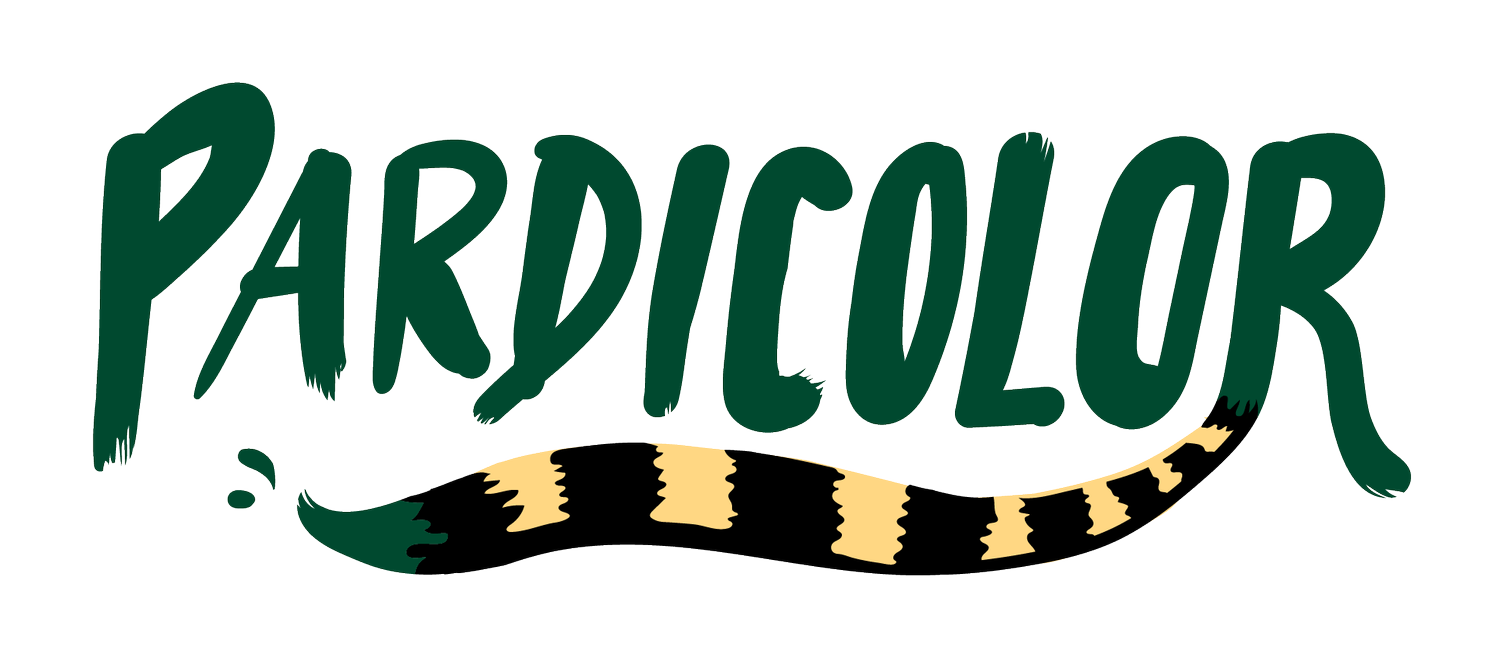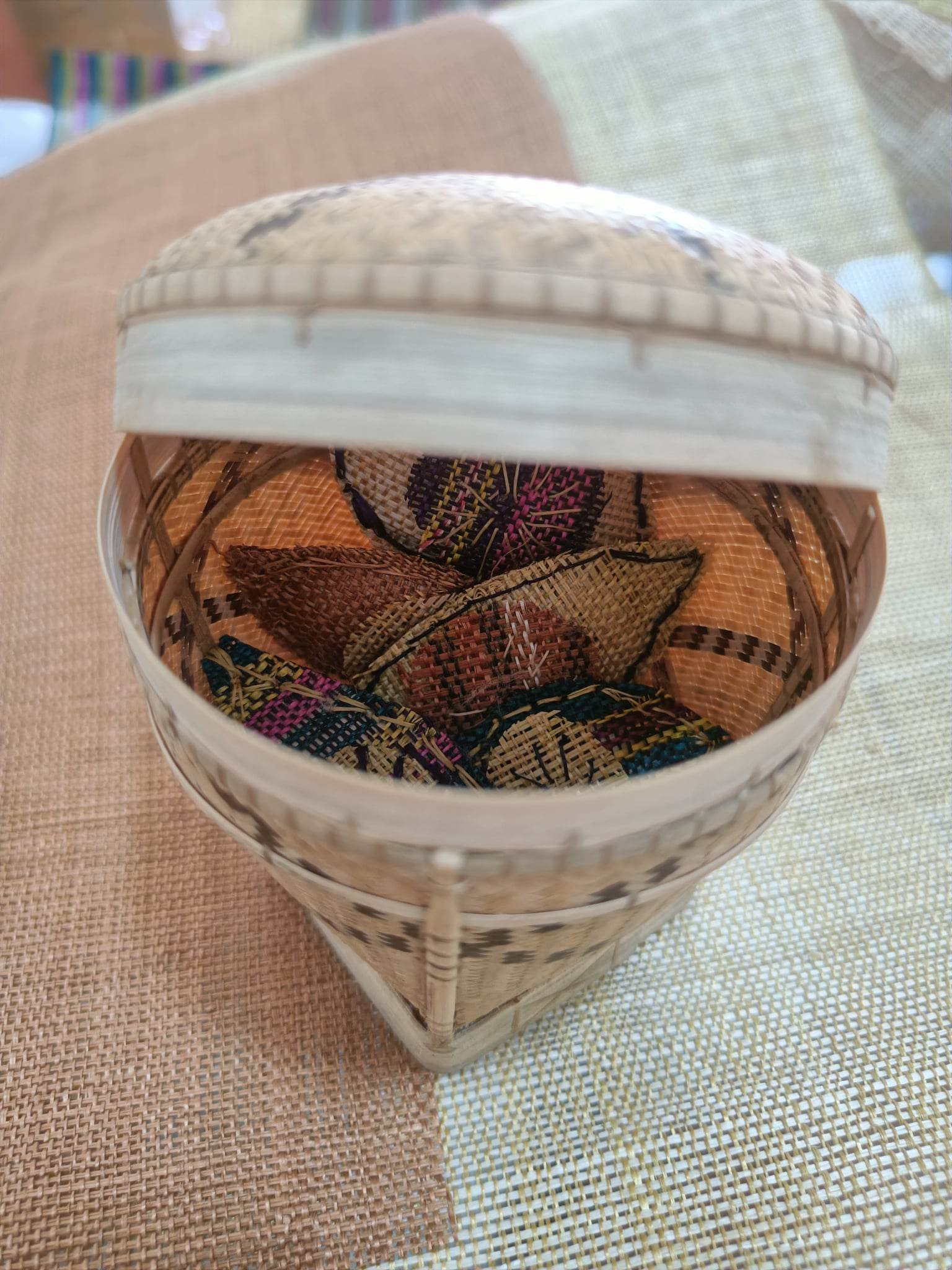
EYE SEE
Hinabol of Higagonon Weavers of Bukidnon, Philippines.
Nola Andaya
PHILIPPINES
Emmanuelle (aka Nola) Andaya’s project ‘Eye See’ is an invitation to see the rich biological and cultural diversity of indigenous lands through handmade crafts, made from raw materials gathered from the forest. The collaborative work “aims to call attention to the plight of forests, wildlife and indigenous peoples…and the continued struggle of indigenous communities in the region and all over the world to be ‘seen’ and recognized by policy makers, and by the world, for their contribution to the protection of our forests and biodiversity.”- Nola.
Members of the Kalandang Weaving Group.
“Eyes are also icons of knowledge, truth, gateway to the soul, vigilance. All these relate to the traditional knowledge and practices of indigenous peoples that guide them in their use, management of and relationship with the forests and wildlife.”
— NOLA
Inspired by the rich traditional craftsmanship of the Philippines, sustainable forest and wildlife management Nola presented artisans from indigenous communities on three different islands in the archipelago with the concept of the ‘eye’ to incorporate into their crafts. She then set about creating several art pieces featuring these crafts which not only the reflect distinct skills and emotions of the artisans, but the rich cultural and biodiversity found in the forests of the Philippines.
“Crafts have become an important sustainable livelihood choice for the indigenous communities. Through the continued use of the raw materials from the forest for their livelihoods, one of the links between the community and the environment is sustained. The crafts also become physical manifestation of this connection…”
- Nola.
All writings by Nola.
The Higaonon community from Bukidnon, Mindanao, Philippines.
The Higaonon Women Weavers are the makers of the Hinabol, textiles made from fibers that are from abaca planted in forests and home orchards. The hinabol are traditionally used as gifts during important community events including weddings and inter-tribal peace talks.
The Mangyan Hanunoo community from Mindoro, Philippines.
The Mangyan Hanunoo Ramit Women Weavers are the makers of the Ramit that is traditionally used as a skirt by the women. Traditionally, the cotton is made from wild cotton and dyed with indigo dyes. However, over time these materials have been replaced by commercially available materials. The blue thread used to be waste denim threads. Currently, there is an effort to spin local cotton. The design of the ramit is called “minatahan” or with eyes.
The Palaw’an community from southern Palawan, Philippines.
The Tingkep and Bao-bao are traditional baskets woven by both men and women of the Palaw’an community from southern Palawan of the Philippines. The baskets both have functional and cultural meanings. The baskets are made from at least 3 different types of bamboo and rattan. The pattern is called Mata Puney, which are eyes of a type of bird. For this project, the bao-bao was shaped into an eye.
“The Eye See Art Project is an invitation to the public to see beyond the crafts as mere products of souvenirs but to give emphasis on the time and energy of the artisans, the generations old know-how of the materials and the environment from which these come from, the stories, the emotions that is transferred from the artisans to the crafts, and to become more conscious of the relationship between the communities and the biodiversity that they have lived with for centuries. Forests and biodiversity are the indigenous peoples’ lifeline.”- Nola.
Hover over images for descriptions.
‘Eye See’
The first work created for the project is a simple eye. It is a simple invitation to open our eyes to what is usually invisible or unseen to us, the forests, the biodiversity the indigenous communities and the connection among them. The raw piece shows each fiber and weave that for me is a way to “see” the hands, the humans behind these crafts, the nature from which the raw materials come from.
The piece features the hinabol of the Higaonon and the handwoven paper, made by Tagbanua women from grass collected from their village. The piece is featured in the Indigenous Communities Conservation Area (ICCA) of Southeast Asia 2023 publication ‘Celebrating Territories of Life in Southeast Asia’. The publication is an invitation “to discover the situation, context, contributions, and values of indigenous and local community conserved territories of life” through the stories shared from the perspective of the communities from Cambodia, Indonesia, Malaysia, Myanmar, the Philippines and Vietnam.
‘Landscape of Life’
The landscape composed of eyes represent how the indigenous communities and the environment are one. They are an integral part of each other.
The piece is composed of the hinabol textile of the Higaonon and the Bao-bao basket of the Palaw’an.
This image, as well as ‘Ancestral Seas’ below, were digitally exhibited at the COP15 in Montreal, Canada in December 2022 by the Shan Shui Conservation Center.
‘Ancestral Seas’
The seas and the biodiversity are also part of the ancestral domain of some of the Indigenous Communities. This montage features the Ramit, with the “minatahan” (with eyes) design, of the Mangyan Hanunoo, the Bao-bao of the Palaw’an, and the Hinabol of the Higaonon.
‘Open: We Are Here‘
This mini conceptual art invites the audience to open the basket and see the Indigenous Communities who are usually invisible to the mainstream society. They are there. We just have to become aware. The piece is composed of a miniature Tingkep, a traditional basket of the Palaw’an and made from different varieties of bamboo and rattan, eyes made from hinabol of the Higaonon and stuffed with silk cotton or kapok that is collected from trees in Palawan.
Nay Mayhunan Cumatang.











